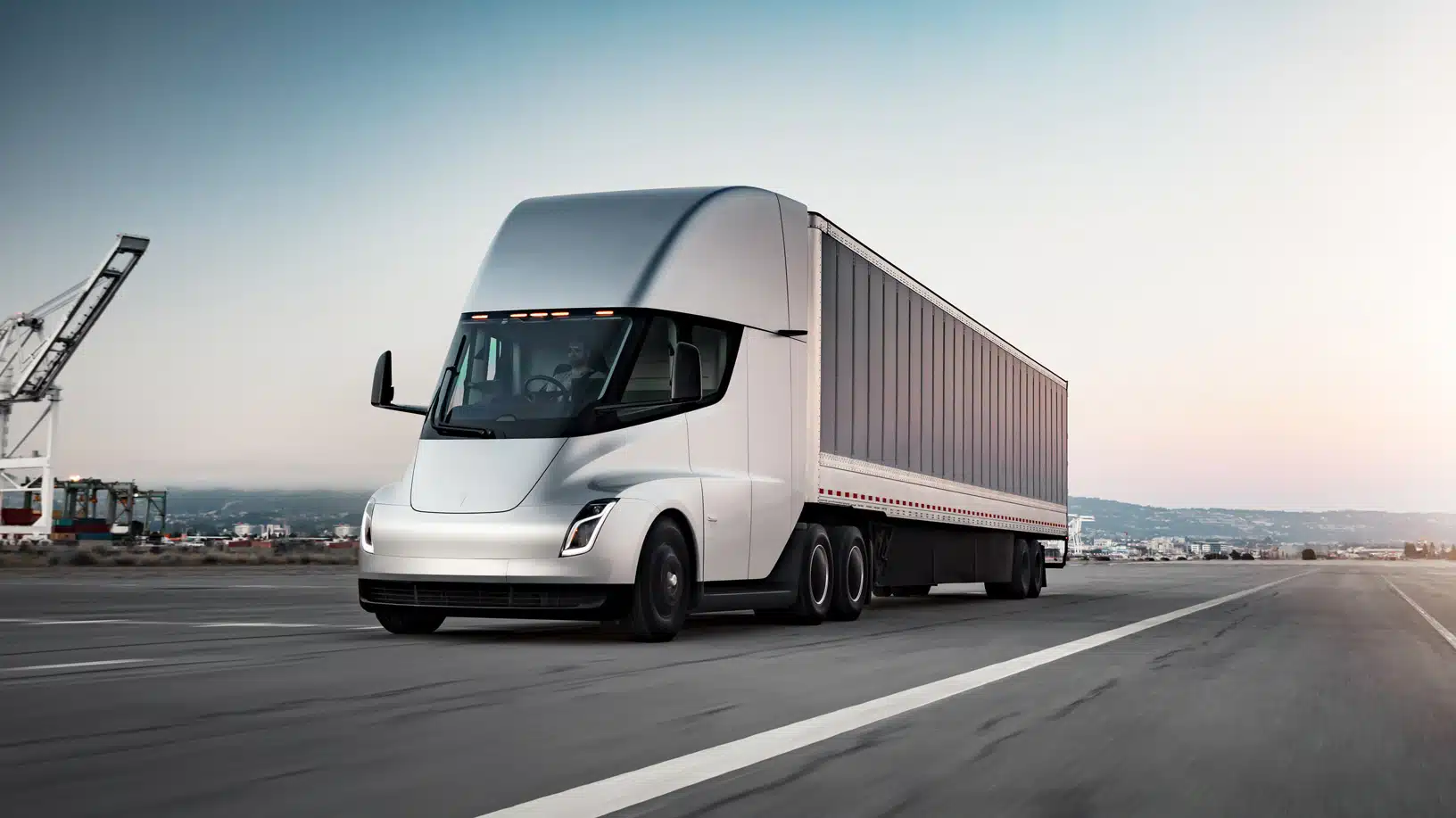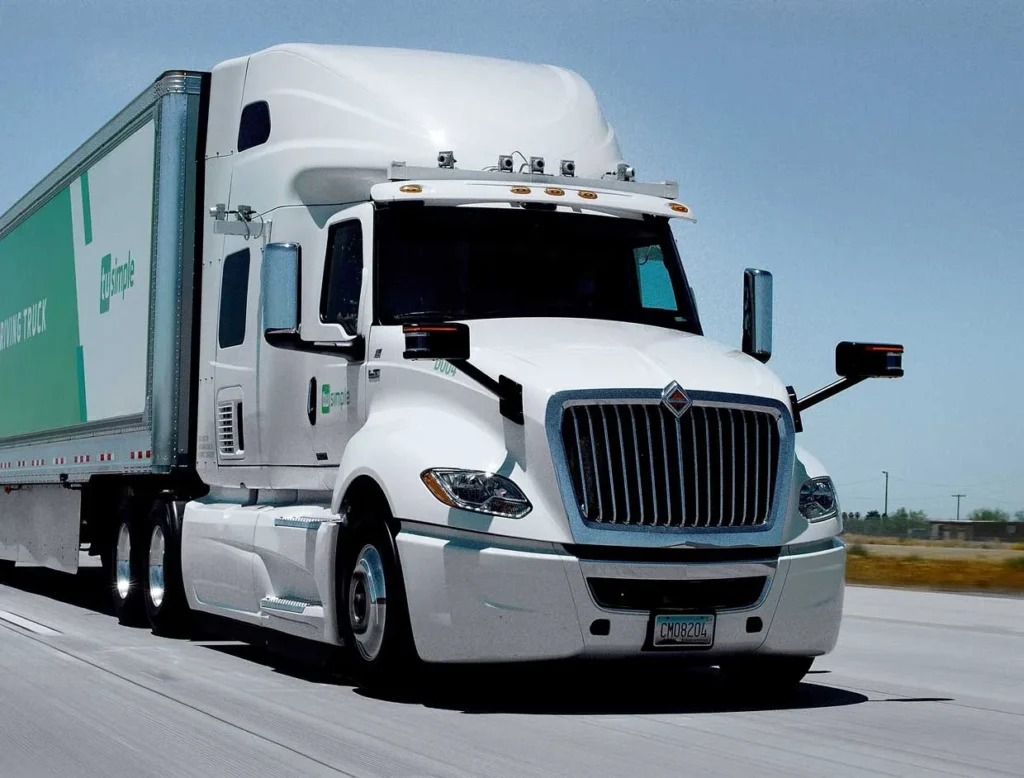
Attorney Amy Witherite Applauds Sensible Move on Texas Driverless Trucks
Attorney and Traffic Safety Expert Amy Witherite Applauds Decision to Reinstate Human Operators in Autonomous Trucks on Texas Highways Renowned attorney and traffic safety advocate Amy Witherite is expressing relief following a recent reversal by Aurora Innovation, a leading developer of autonomous vehicle technology. The company, which had initially announced plans to allow its autonomous trucks to operate at speeds of up to 75 miles per hour along the busy corridor between Dallas and Houston without a human driver present, reversed course less than three weeks later and confirmed that human operators would remain inside the cabs of its vehicles.
“Common sense has finally prevailed,” said Witherite, a veteran trial attorney and prominent voice on truck safety issues. “The decision to keep human beings in control of 80,000-pound machines traveling at highway speeds is not only prudent—it’s essential for public safety.”
Witherite has been outspoken for months about the dangers posed by the premature deployment of driverless trucks, particularly on high-traffic and complex roadways such as those in Texas. She argues that current testing standards are wholly inadequate for the scale of the risks involved, and that introducing autonomous trucks without fully validated safety protocols could have dire consequences.
“There has been nowhere near the amount of testing required to show these trucks can operate safely in the challenging environment on Texas highways,” she said. “We’re talking about multi-ton machines navigating unpredictable traffic conditions, sudden weather shifts, frequent construction zones, and human driving behaviors that are often erratic or even dangerous.”
A Regulatory Void and Billions at Stake
One of Witherite’s primary concerns is the current regulatory environment—or lack thereof. With billions of dollars invested in autonomous vehicle (AV) technology and major corporations racing to be first to market, she warns that profit motives are taking precedence over public safety.
“Federal and state officials are essentially letting the fox guard the henhouse by allowing for-profit companies to determine whether their technology is safe enough for public roads,” she said. “That’s unacceptable.”
Currently, AVs in the United States are only required to comply with the Federal Motor Vehicle Safety Standards (FMVSS) set by the National Highway Traffic Safety Administration (NHTSA). However, these standards were developed decades ago—long before automated systems were a serious consideration—and they primarily govern mechanical safety features such as brakes, seat belts, and lighting.
This creates what many experts have described as a regulatory gray area. While some states have introduced their own laws and pilot programs for autonomous vehicles, there is no consistent national framework to guide how these systems should be tested, validated, and deployed.
Even the Autonomous Vehicle Industry Association (AVIA)—a coalition formed to promote the development and deployment of AVs—acknowledges the need for federal leadership in this area. In a public statement, the AVIA said, “Only the federal government can uniformly regulate the design, construction, and performance of the vehicle.” Without such oversight, they argue, the industry risks both public safety and consumer trust.
NHTSA’s Reduced Capacity to Regulate AVs
The challenges are compounded by the fact that the NHTSA’s autonomous vehicle division has been significantly weakened in recent years. According to a report by The Washington Post, the agency’s specialized team focused on AVs has lost much of its staff—many of whom departed during budget cuts under the Trump administration. Former agency employees have described the current capacity as severely diminished, raising further doubts about the government’s ability to effectively oversee one of the most transformative technological shifts in transportation history.
“This is a case where the technology is advancing far faster than our ability to regulate it,” Witherite said. “And when you’re dealing with vehicles that weigh 40 tons and move at highway speeds, that’s a recipe for disaster if something goes wrong.”
Highways Filled With Hazards

Witherite emphasized that the complexity of real-world driving—especially in a state like Texas—makes it difficult for even seasoned human drivers to navigate safely, let alone autonomous systems still in development.
“Texas highways are some of the busiest and most unpredictable in the country,” she explained. “You have sudden weather changes, lane closures from endless roadwork, aggressive drivers weaving in and out of traffic, and the occasional livestock wandering onto the road. Expecting a machine to safely handle all of that without human supervision is reckless.”
The danger is even more acute when it comes to accidents involving trucks. A fully loaded tractor trailer can weigh up to 80,000 pounds—more than 20 times the weight of an average passenger car. In the event of a collision, the consequences are often catastrophic.
“The amount of damage that can be caused by an 80,000-pound tractor trailer far exceeds the severity of accidents involving cars and SUVs,” Witherite noted. “We can’t afford to treat this technology as if it were an experiment on a closed track. These are public roads filled with families.”
Pressure From Industry Peers
Interestingly, the decision to keep human operators in autonomous trucks was not prompted by regulators, but rather by industry pressure—specifically from PACCAR Inc., one of the world’s largest manufacturers of medium- and heavy-duty trucks. According to Witherite, PACCAR demanded that Aurora continue to place human safety drivers in the cab during its autonomous vehicle testing, citing ongoing safety and liability concerns.
“It’s telling that it took another company, one that actually builds the trucks, to step in and demand a more cautious approach,” Witherite said. “That should send a strong message to regulators and the public: if the companies that make the vehicles aren’t ready to take the human out of the loop, we shouldn’t be either.”
A Call for a National Safety Framework
Witherite is calling for the implementation of a rigorous national safety framework for autonomous vehicles—one that includes mandatory testing standards, clearly defined safety benchmarks, and transparency requirements. She believes that until such regulations are in place, human oversight must remain a non-negotiable part of any autonomous vehicle operation.
“This is not about being anti-technology,” she clarified. “Autonomous vehicles have the potential to improve road safety, reduce traffic congestion, and lower emissions. But we cannot rush their deployment at the expense of human lives. The technology has to be proven safe beyond a reasonable doubt.”
She also encourages the public to stay informed and demand accountability from both government agencies and private companies pushing AVs onto public roads.
“The public has every right to question what’s happening,” Witherite concluded. “This is not just about innovation or economic opportunity—it’s about protecting the lives of every person who shares the road.”
As the debate over autonomous trucking continues, Witherite and other safety advocates will undoubtedly remain vigilant, calling for common sense and a commitment to rigorous oversight in an industry where the stakes could not be higher.

